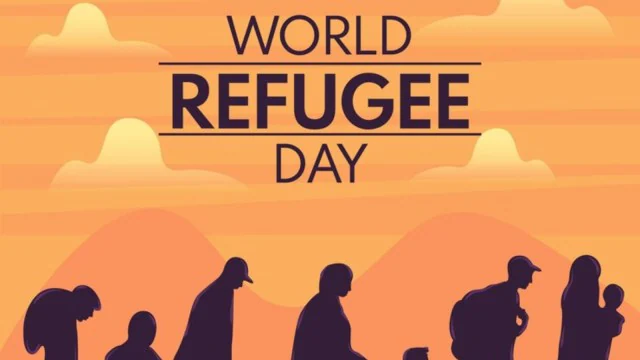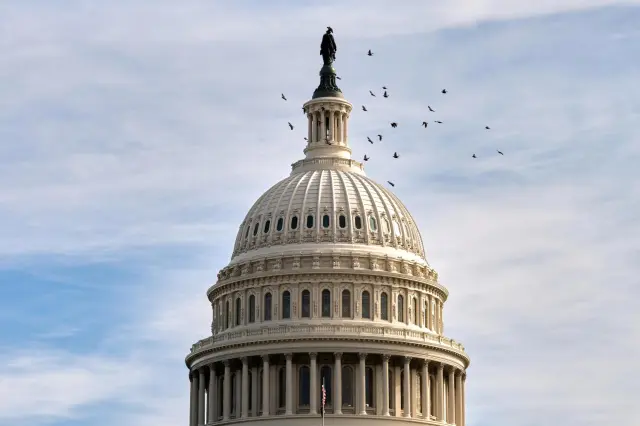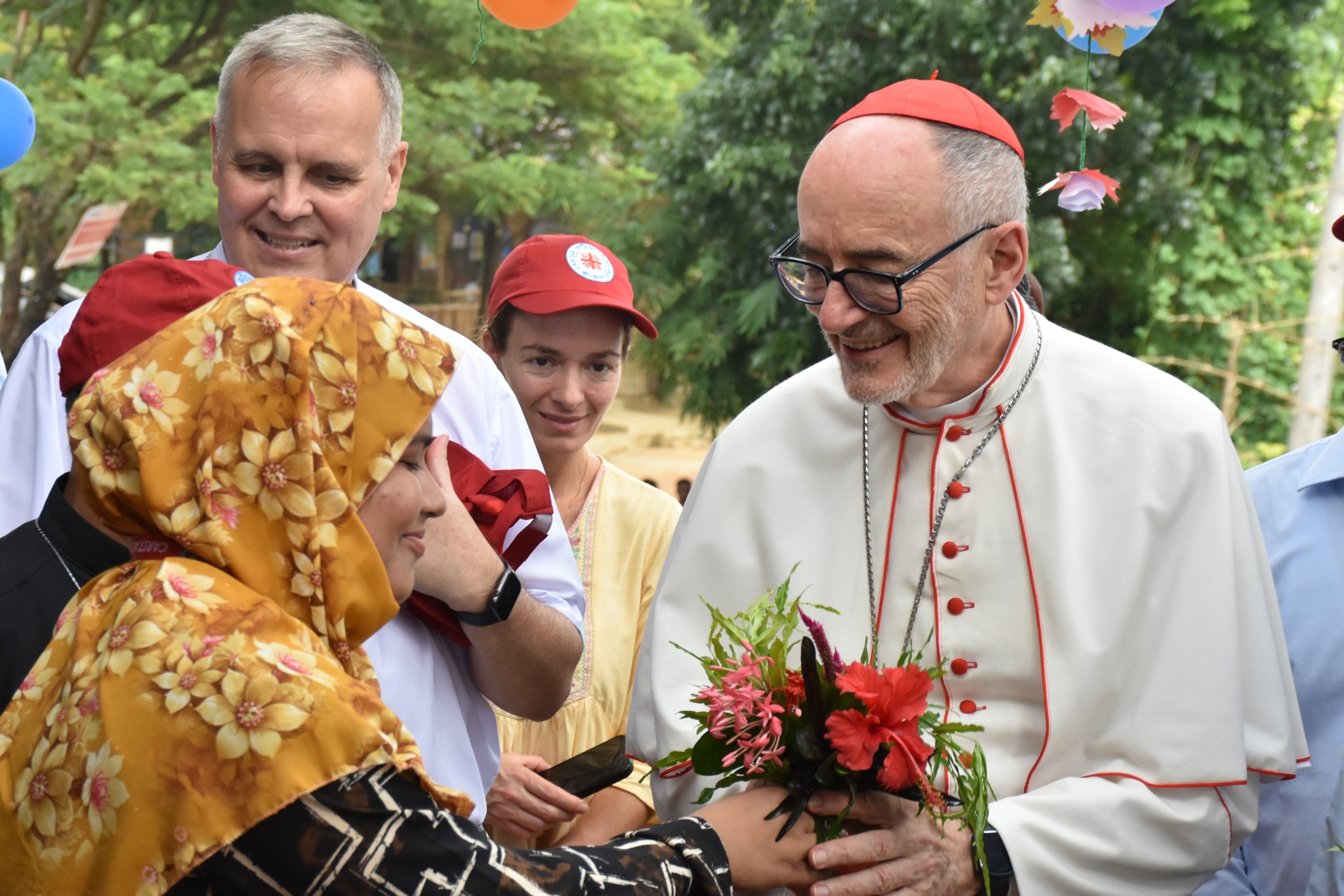On World Refugee Day Donors Call for Renewed Impetus to Resolve Rohingya Crisis

Today, on World Refugee Day, we stand in solidarity with the more than 120 million people, that is 1 in 69, worldwide who are forcibly displaced due to conflict, violence, and persecution. Among these individuals are over 1 million Rohingyas, who fled from their homes in Myanmar and sought refuge in Bangladesh.

We appreciate the Government of Bangladesh for continuing to host the Rohingya in their time of need. We also continue to honour the incredible resilience and strength of spirit of the Rohingya people in adversity.
We all continue to make dedicated efforts to provide essential services for Rohingya refugees, and Bangladesh’s host communities. We continue to advocate for global attention for this protracted crisis amid emerging new crises and growing global humanitarian need in the camps improved opportunities for refugees to pursue meaningful education and livelihoods could build essential resilience and self-reliance This is important to overcome cycles of poverty and marginalization for future generations.

The hope remains that safe voluntary, dignified and sustainable repatriation will be possible for Rohingya refugees in the long-tenn. However the escalating conflict and deteriorating humanitarian conditions in Myanmar mean that this is unlikely in the near future. We remain deeply concerned by the worsening situation in Rakhine State and the cross-border implications, Today we reiterate the importance of protecting all Civilians
At the Global Refugee Forum in December 2023, we made a collective pledge to share global responsibility and enhance partnerships to address the complexities of forced displacement: We romain committed to ensure a better and more dignibed the for the Romirigya while, they remain a Bangladesh We will continue to pursue regional coordination and cinctiver effort towards sustainable Solutions for Rohingya refugees partnering with the government of Bangladesh





















